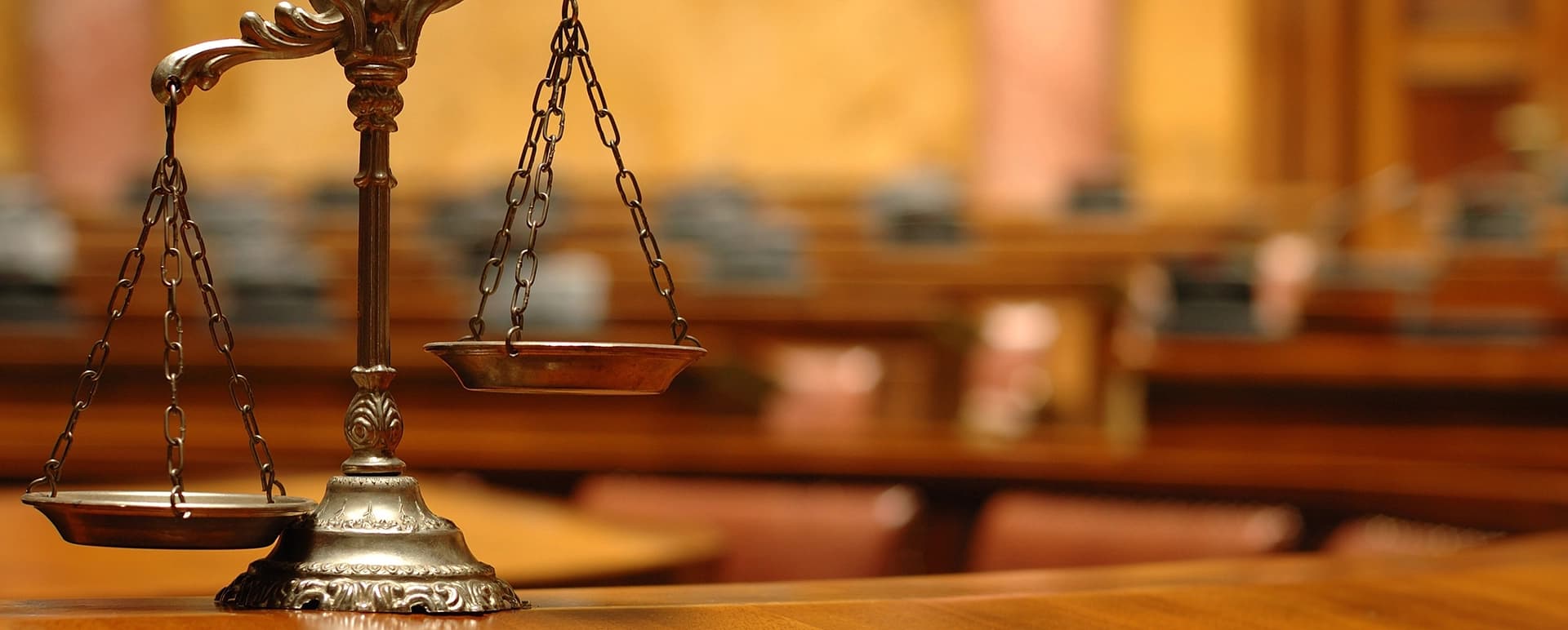Astound the Court: Necessary Components of a Powerful Trial Discussion
Important components such as understanding the audience, crafting an engaging narrative, and grasping verbal and non-verbal communication are essential parts of an effective discussion. As these variables intertwine, they develop a cohesive technique that not only educates but likewise involves jurors on several levels.

Comprehending Your Target Market
Comprehending your audience is a pivotal aspect of reliable test presentation. A successful discussion rests on the capability to realize the demographics, worths, and proneness of jurors. This comprehension educates how disagreements are framed, evidence is presented, and sob stories are crafted, ensuring that the message reverberates with the jurors on an individual level.
Research shows that jurors come from diverse backgrounds and might have differing degrees of understanding relating to legal proceedings. In addition, recognizing the jurors' prospective predispositions and life experiences allows the trial presenter to expect arguments and address issues proactively.
Efficient trial discussion likewise entails observing jurors' reactions during the process. Involving with jurors as people rather than a cumulative unit is necessary in cultivating a solid link in the court room.

Crafting an Engaging Story
Crafting an engaging narrative is essential in guiding jurors through the intricacies of a case. A well-structured story not just streamlines complex lawful ideas but likewise engages jurors on an emotional level, making the details extra relatable and unforgettable.
To accomplish this, lawyers need to begin by recognizing the core message they wish to communicate. This message needs to reverberate with the jurors' worths and experiences, cultivating a link that goes beyond simple realities. The story needs to unfold rationally, presenting events in a clear sequence to stay clear of complication. This sequential technique can assist jurors adhere to the progression of occasions, highlighting reason and result.
Integrating human components-- such as individual tales or narratives-- can better enhance the story's impact. These elements stimulate empathy, permitting jurors to visualize the consequences of the situation on the real worlds. Additionally, utilizing a constant style throughout the presentation reinforces the major debate, making it less complicated for jurors to maintain essential points.
Inevitably, a compelling story transforms a test presentation from a plain recounting of facts right into a persuasive tale that captivates the court, encouraging them to mull over with both reason and emotion.
Making Use Of Visual Aids
Incorporating visual aids right into a test discussion can considerably improve jurors' comprehension browse around this web-site and retention of info. Visual materials such as graphes, diagrams, photos, and video clips can change complicated lawful ideas and evidence right into conveniently digestible layouts. By involving several detects, these help enable jurors to envision the instance's crucial elements, making it easier for them to adhere to along and realize complex details.
Furthermore, well-designed visual aids can stress crucial points and highlight connections between various pieces of proof. For example, timelines can effectively highlight the sequence of occasions, while annotated images can clarify particular information pertinent to the instance. This not just aids in understanding yet also strengthens the narrative offered by the attorney.
Excessively complicated or chaotic visuals may overwhelm jurors and detract from the message. Eventually, effective visual interaction can be a powerful device in encouraging jurors and assisting them reach informed conclusions.
Grasping Verbal Communication
Efficient spoken communication is crucial in a trial discussion, as it offers as the key methods via which lawyers share their arguments and connect with jurors. Simplicity in language fosters understanding and helps jurors understand complicated problems provided throughout the test.
Moreover, tone and pacing dramatically influence how messages are received. A confident tone communicates authority, while ideal pacing allows jurors to absorb info without really feeling overwhelmed. Lawyers need to likewise differ their vocal inflections to emphasize bottom lines and maintain jurors' interest throughout the presentation.
Additionally, the organization of spoken arguments is crucial. Structuring the narrative practically and coherently assists jurors follow the lawyer's logic, making it easier for them to maintain vital information. Making use of persuasive strategies, such as storytelling, can additionally go to this website improve the psychological resonance of the arguments provided, thus developing a much more profound link with jurors.
Ultimately, grasping verbal interaction not just strengthens a lawyer's instance however also fosters trust and rapport with the jury, substantially enhancing the opportunities of a desirable verdict.

Involving With Body Movement
Nonverbal communication plays a crucial role in test presentations, often sharing messages that words alone can not reveal. Body language, incorporating gestures, stance, face expressions, and eye get in touch with, considerably affects just how jurors regard the credibility and genuineness of the speaker. A confident stance, with shoulders back and an open posture, can infuse count on, while closed-off body language may recommend defensiveness or unpredictability.

Faces should mirror the emotions connected with the instance, strengthening the narrative being provided. For example, a sincere expression throughout a touching moment can elicit empathy and reinforce the psychological appeal. Eventually, mastering body movement is essential for reliable test presentations, as it boosts verbal communication and develops an engaging visibility that resonates with the jury.
Verdict
To conclude, captivating the jury requires a critical technique that includes comprehending the target market, crafting an engaging narrative, using visual aids, understanding verbal interaction, and involving via body language. Each component plays a vital duty in creating a powerful trial presentation that resonates with jurors on both psychological and intellectual page degrees (trial presentation). By incorporating these parts effectively, lawyers can dramatically boost their ability to persuade and influence jury decision-making